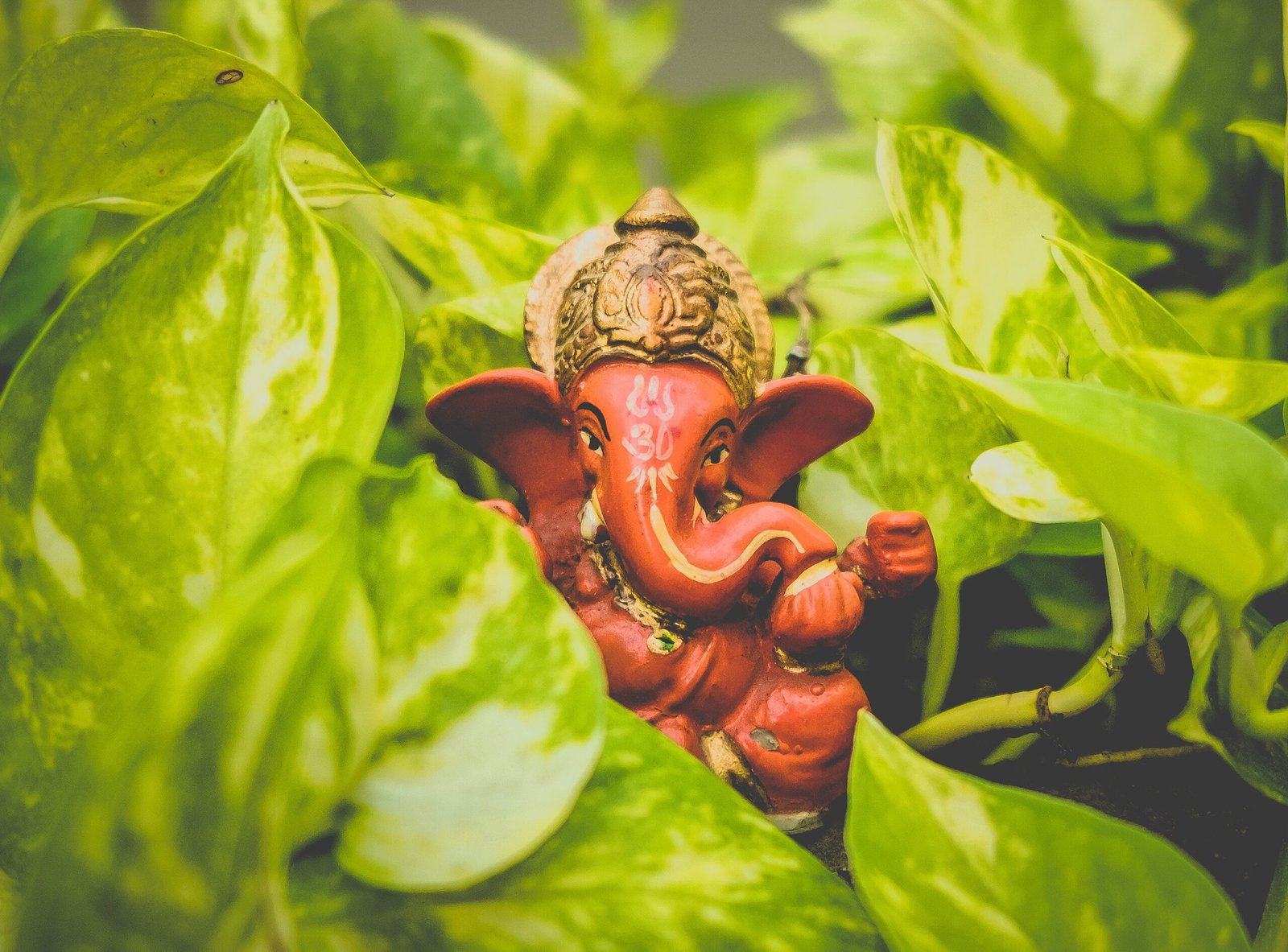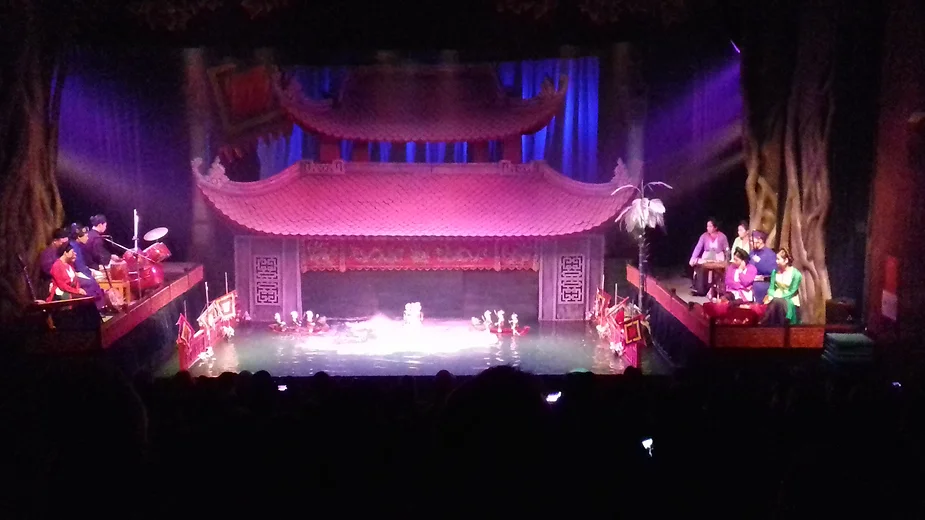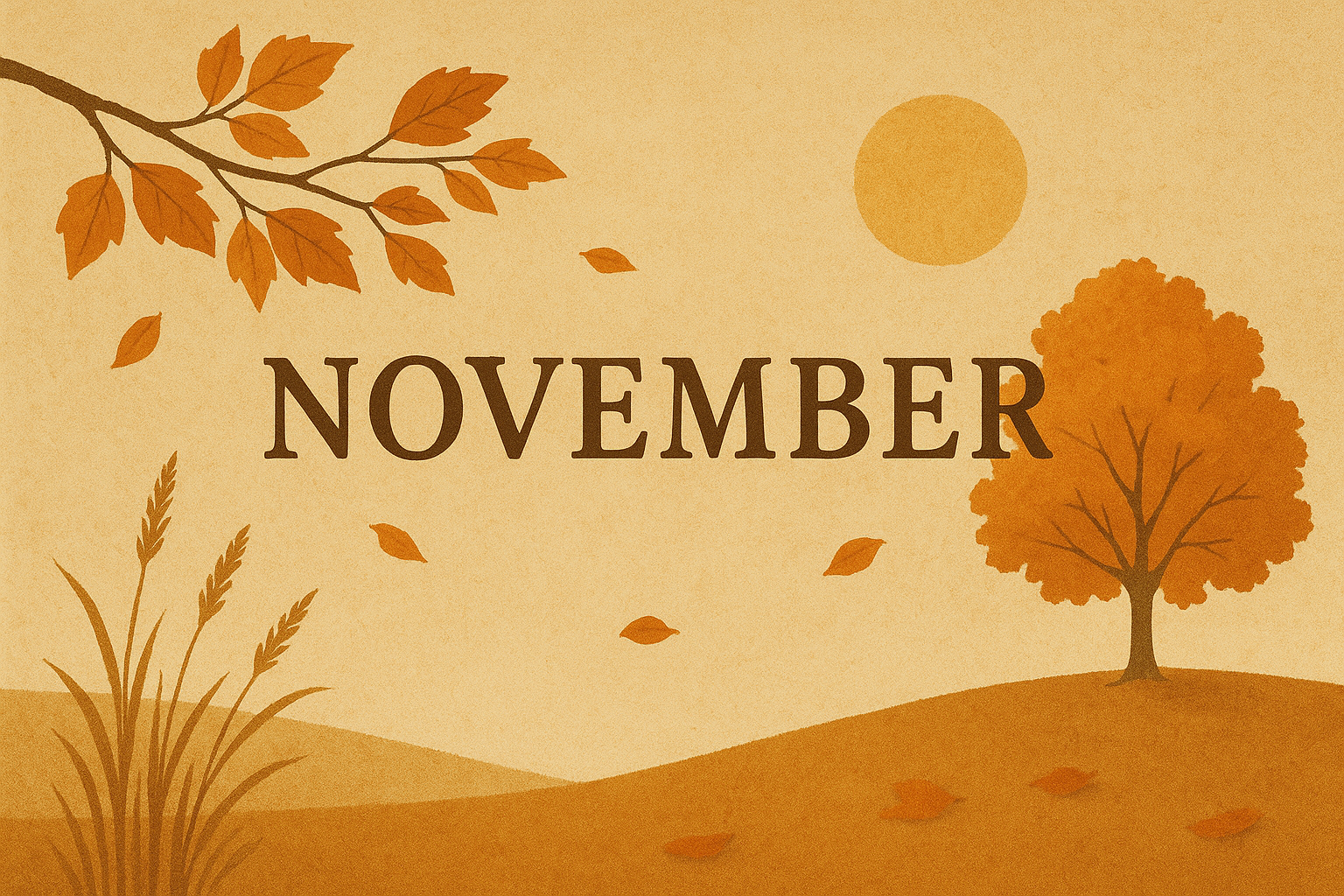April, the peak of summer, brings not only scorching heat but also festive cheer to every Keralite. It is the season of mangoes and jackfruits and a time when households come alive with annual family gatherings coinciding with the festival of Vishu. These joyful occasions make one forget the sweltering summer heat that sears Kerala year after year.
The Arrival of a New Year
Celebrated in the Malayalam month of Medam, Vishu marks the beginning of a new year, falling on April 14 or 15, according to the Gregorian calendar. The day begins with the melodious Kanikanum neram kamalanethrante song as devotees open their eyes to the divine sight of Kani and the beloved Krishna. It is a moment that remains etched in my childhood memories, when I used to travel to our ancestral home for Vishu.
The Tradition of Vishu Kani
The Kani, encompassing an age-old ritual of viewing auspicious items on the morning of Vishu, is meticulously arranged the night before by the elders. A traditional brass uruli is filled with raw rice, pulses, and grains. This vibrant display also includes seasonal fruits, such as mangoes, jackfruits, Mangalore cucumbers, and lemons, along with coconut shells filled with coins and currency. A mirror, a gold chain, kanikonna (golden shower) flowers, and a Krishna idol complete the arrangement, exuding a benevolent golden glow. It is indeed a sight to behold!

Symbolizing a bountiful harvest and prosperity, the Kani represents abundance in life. The mirror serves as a reminder that “you are a blessing in your own life” and “nothing is above you,” while the kanikonna flowers are believed to be Krishna’s anklet bells showered upon us.
Morning Rituals and Celebrations
The day begins before dawn, as elders lead the younger ones—blindfolded—to view the Kani as the first thing in the morning. After this sacred moment, the young ones receive a small amount of money from their elders. The practice is known as kaineettam. While in the past, it ranged from four to eight annas, in these inflationary days, it involves currency notes of higher denominations. As children, we eagerly used this money to buy treats and trinkets from the vendors setting up stalls on the temple street. Then, it’s time for fireworks.

A Feast of Flavors
Vishu is incomplete without the grand Vishu Sadhya, a feast prepared with seasonal vegetables and fruits, ending with a delectable payasam. The feast includes delicacies such as Chakka Kari which is a jackfruit-based coconut curry and Chakka Prathaman – a kheer made with jackfruit preserve called Chakka Varatti and coconut milk. Spicy and tangy mango pickle made instantly with raw mangoes also finds a place in the Vishu Sadhya.
Temple Festivities and Musical Extravaganza
Temples in Kerala come alive with the Vishu Vela, a grand procession with the deity. The deity is taken around the village on a caparisoned elephant. The air resonates with the rhythmic beats of Panchavadyam, an orchestra of five traditional instruments, often competing with the vibrancy of a Metallica concert. Some places also feature Ezhavavadyam, another captivating orchestral performance. The streets leading to the temple are lined with stalls and hawkers displaying their vibrant wares. The celebration concludes with dazzling fireworks, but the beats of the music linger in the hearts of devotees.
The Essence of Vishu
Living in a city today makes me reminisce about Vishu celebrations of my childhood days. Yet the spirit of the festival remains unchanged. No matter where we go, we carry the faith, purity, and traditions of our festivities within us and try to celebrate them with whatever we have around.
Vishu is more than just a festival; it is a celebration of harvest, abundance, and prosperity—transcending barriers of class, caste, or creed. It is a joyous occasion that unites people in gratitude and hope for a prosperous year ahead.

By Kirti V
Kirti, a teacher by profession and a poet by passion is a multilinguist, a voracious reader and an orator. She has authored three solo poetry books (Tides of Life, From My Pen and Poetic Pearls) and has contributed to around 50+ anthologies. Her works can be read from www.kirtisignature.com and she can be reached at kirti.v@gmail.com














One Response
– Ultra-Soft Skin: Simulates the touch and warmth of real human skin with medical-grade TPE material.
– Full-Body Versatility: Designed for intimate explorations — vaginal, anal, oral, and more.
Exclusive AliExpress Offer: Secure your premium companion at a special price – stock is limited.
Order Now on AliExpress